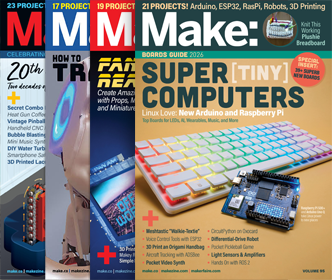Book giveaway: The Physics of Superheroes
Sporting the slogan “More heroes! More villains! More SCIENCE!” on the cover, the second edition of The Physics of Superheroes, by James Kakalios, delivers the goods. Revamped since the first edition, with more examples and a new section on quantum mechanics, this book makes learning physics exciting and fun. No more “ball falling off a […]







